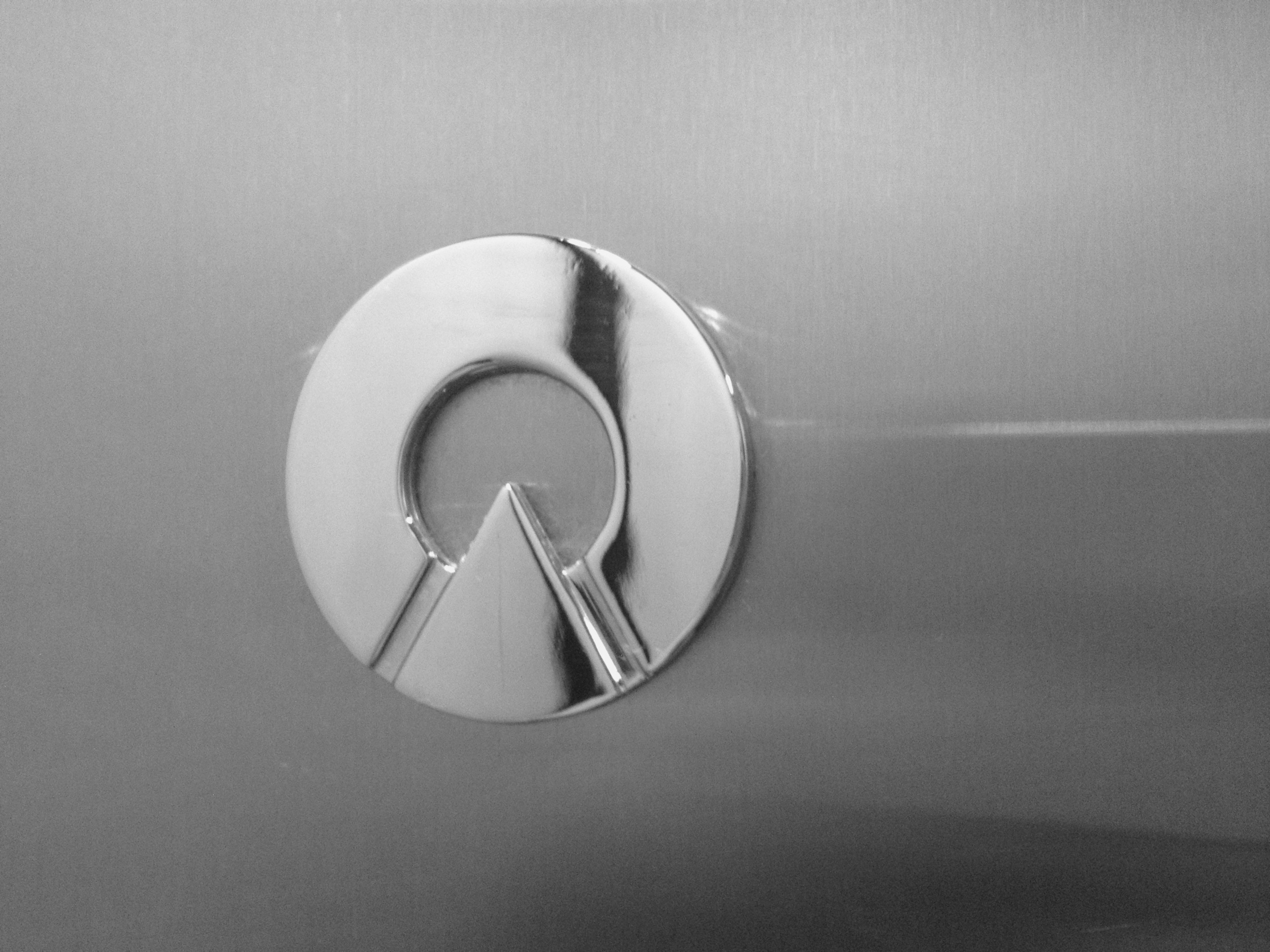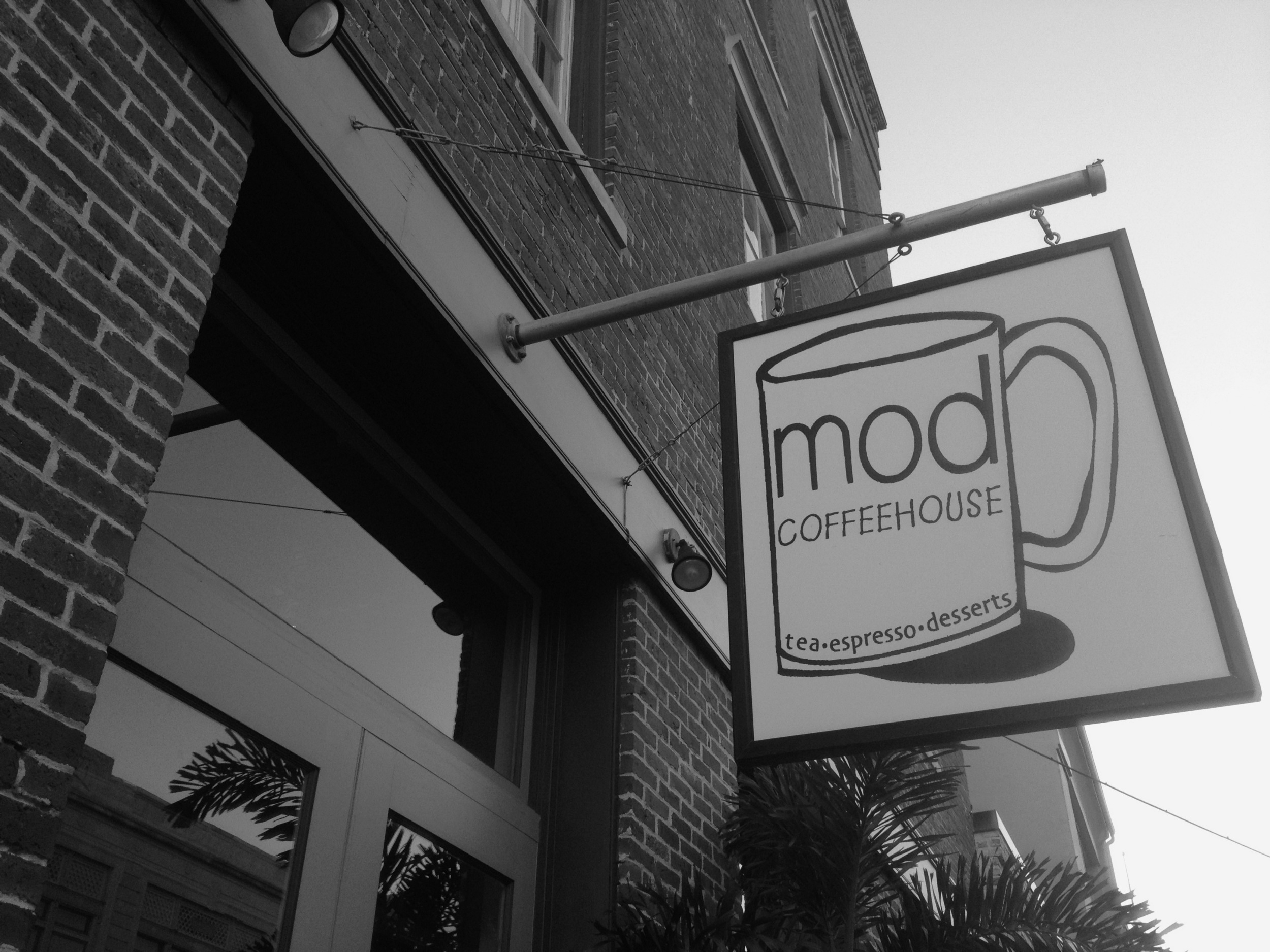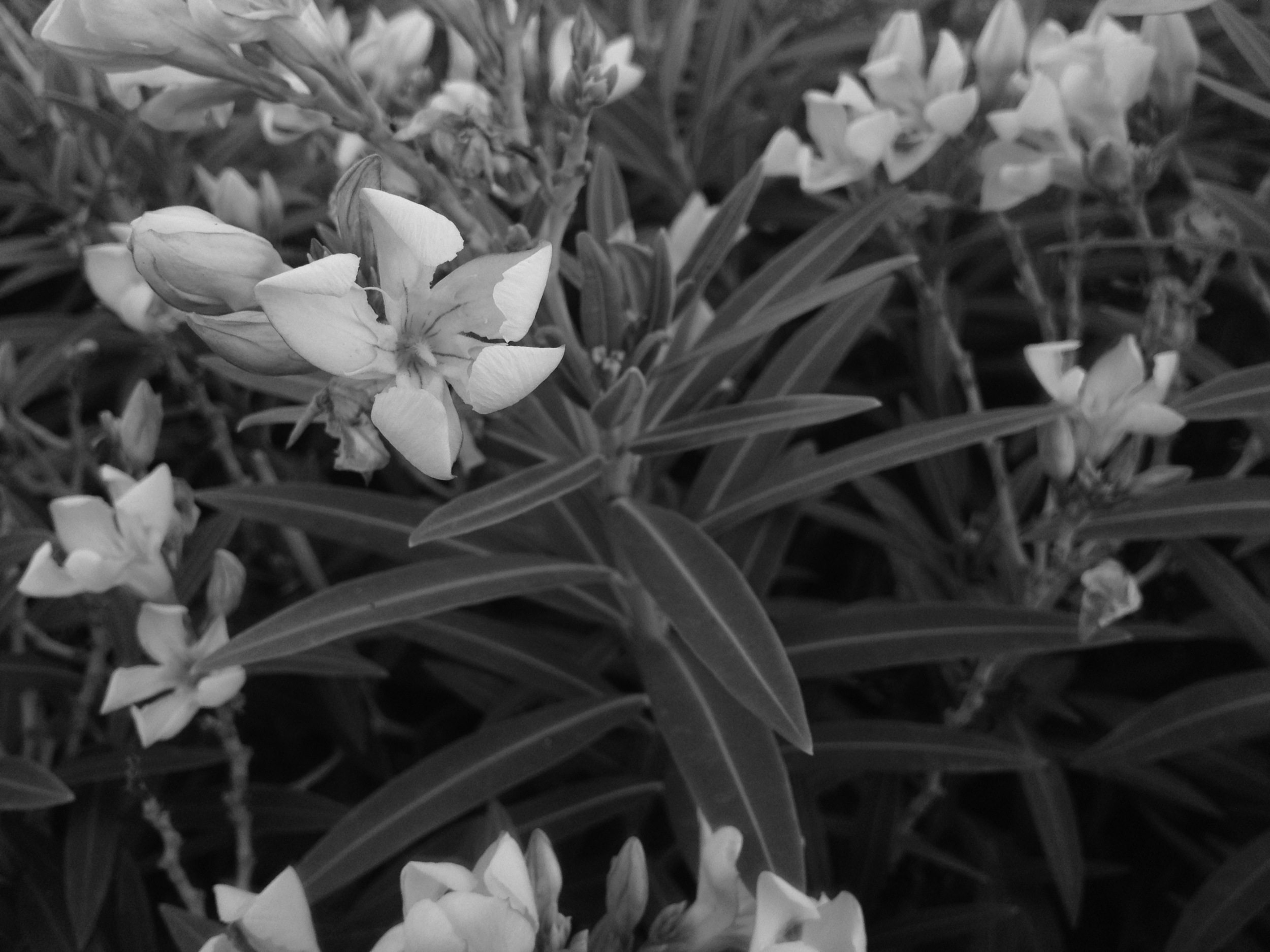Writer's block is something we all face at some time or another. That frustrating feeling of having this desperate urge to write, but being unable to get the words out. Sometimes it's so bad we can't even think of a topic to write about! After banging our heads against the wall for a while and getting nowhere, we throw in the towel.
Inevitably, we'll wake up in the middle of the night, suddenly struck by an idea that we must get out of our head immediately or else risk losing it. The human mind sometimes works in mysterious and beautiful ways—but this phenomenon is rare. Most of the time writing does not feel magical at all, but rather like pulling teeth.
Sooner or later you're going to hit that wall, just like everyone else does.
So, how can we overcome this wall? After some trial and error, I've found some ideas that have worked for me, and I thought I'd share them with you guys. I don't claim to be an expert, but maybe this stuff will help you too.
Tip #1: Exercise
You might ask yourself, "What the heck is this guy on? Exercise? I'm trying to get some writing done, not break a sweat." But I'm completely serious here.
One reason I end up having writer's block sometimes is that my head is too full of information I've absorbed throughout the day. After skimming hundreds (if not thousands) of RSS posts and tweets, not to mention all the fantastic stuff people have been linking to, I find it difficult to focus on my own task at hand.
Our brains aren't really built to process such a river of information every day, and yet I and many others keep doing it. It's an information addiction I'm working to rid myself of.
When I need to clear my head of all that cruft, I simply step away from my laptop and go for a light jog around the neighborhood. Give it a try, it may work wonders for you. Preferably sans-iPhone, so that you're not tempted to put on music or a podcast or whatever. That would defeat the purpose of what we're trying to accomplish here.
During the jog, try not to think about all the stuff you need to get done, or the deadlines you're facing, or the work you failed to finish previously. None of that matters right now. Instead, focus on your breathing. Enjoy your surroundings. Wave at the neighbors. Smile.
By the time you're done, you might just feel more relaxed and have a clearer mind. And if you do, I bet that the words which seemed so far out of reach earlier will come to you more freely.
If exercise really isn't your thing, give meditation a try. You don't even have to leave the house or office. Shut off all distractions, find a comfortable place to sit up straight, close your eyes, breathe slowly and deeply, and try to empty your thoughts of all worries.
Even if it doesn't solve the writer's block, you'll feel tons better.
Tip #2: Photography
Writers are creative thinkers. Whether we know it or not, this tends to translate to having a natural eye for photography. Maybe not true in all cases, but in my experience, some of the best writers I know can produce some incredible photos. These skills seem intertwined as far as I can tell.
So, when the part of your mind that controls word production gets a little worn out, try getting out a camera and taking some photos for a while. Find something you've seen a million times and find a new way to capture it, perhaps using a different perspective.
Engaging a different portion of your artistic side this way can be the spark that ignites your creativity.
It doesn't have to be a DSLR or anything. If you've got a smartphone, chances are you've got something decent to work with. Or maybe you've got an old disposable camera laying around somewhere. As the saying goes, the best camera is the one that's with you.
Tip #3: Writing Assignments
Rather than doing all the work of coming up with a topic to write about, allow someone else to take care of that part for you. Writing assignments are wonderful exercises that can help jump-start your brain and get the creative juices flowing. They can also be done as a warm-up before you get started on your own topic.
A good resource I've found for writing assignments has been over at First Today, Then Tomorrow. There, playwright and author Randy Murray puts up a new practice writing assignment once a week, and they've never failed to get me thinking. Great stuff.
Tip #4: Look to Other Writers for Inspiration
Most of us have writers that we look up to and respect. Chances are, they've written about something that has interested you, or else you probably wouldn't have become a fan in the first place.
If you're struggling to find a topic, get out a book or browse through some of your favorite blogs until you see something you can add some insight to. There's nothing wrong with expanding on an idea you didn't originally come up with. Writers borrow from one another all the time. It's a natural part of what we do and I daresay that the world would be a dreary place without the sharing and building upon of such ideas.
Tip #5: Write Something. Anything.
Yes, you read that right. Another way to overcome writer's block is...write something. Anything at all. You can write about the coffee you had this morning. You can make up a backstory about that cat you see wandering around the neighborhood every day. Write a letter to your kid that they'll read when they're older. Write about the delicious meal you just had.
Seriously, just write something. It doesn't matter what. There's no need to share it with anyone else, so don't worry too much about content or style.
Sometimes the most difficult thing about writing is simply getting started. We could make every excuse in the book before we've even begun. Don't defeat yourself that way. Once you've started, you've already started winning the battle. You may even notice your hands struggling to keep up with all the words trying to escape your head. It feels completely manic, but in a good way.
Every person, whether they know it or not, is living a life worth writing about. They just have to find those stories, however small, and connect the dots until a story emerges. It's kinda like weaving a tapesty but WAY simpler. Anyone can do it.
* * *
There you have it. Those are the techniques I've used to help me overcome my writer's block. I really do hope you'll find some use for these tips, or be inspired to put together a list of your own.
If you have a great technique not mentioned here, let me know! It's nice to get a peek into the minds of other people struggling with the same things I am.


























